 T-Shirts, Memories & More is published by Annies, 306 East Parr Road, Berne, IN 46711. Printed in USA. Copyright 2014 Annies. All rights reserved. This publication may not be reproduced in part or in whole without written permission from the publisher.
T-Shirts, Memories & More is published by Annies, 306 East Parr Road, Berne, IN 46711. Printed in USA. Copyright 2014 Annies. All rights reserved. This publication may not be reproduced in part or in whole without written permission from the publisher.
RETAIL STORES: If you would like to carry this pattern book or any other Annies publication, visit AnniesWSL.com.
Every effort has been made to ensure that the instructions in this pattern book are complete and accurate. We cannot, however, take responsibility for human error, typographical mistakes or variations in individual work. Please visit AnniesCustomerCare.com to check for pattern updates.
Library of Congress Control Number: 2013921794
ISBN: 978-1-57367-377-8
1 2 3 4 5 6 7 8 9
Pattern Services
and Revisions
If you are an Annies customer and have a question about the instructions on a pattern you have purchased, please visit:
AnniesCatalog.com/pages/customer_care/pattern_services.html
Templates
To download templates for easy printing, go to:
AnniesCatalog.com/customers/check_code.html
and enter 141363NXL
T-Shirts,
MEMORIES
& More TM
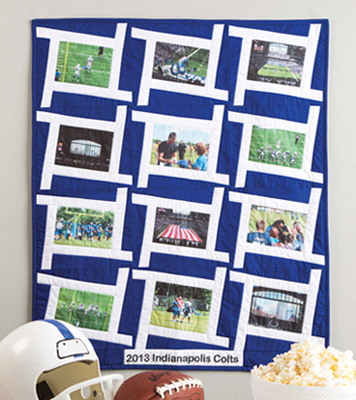
Nancy Scott

Table of Contents
Meet Nancy Scott
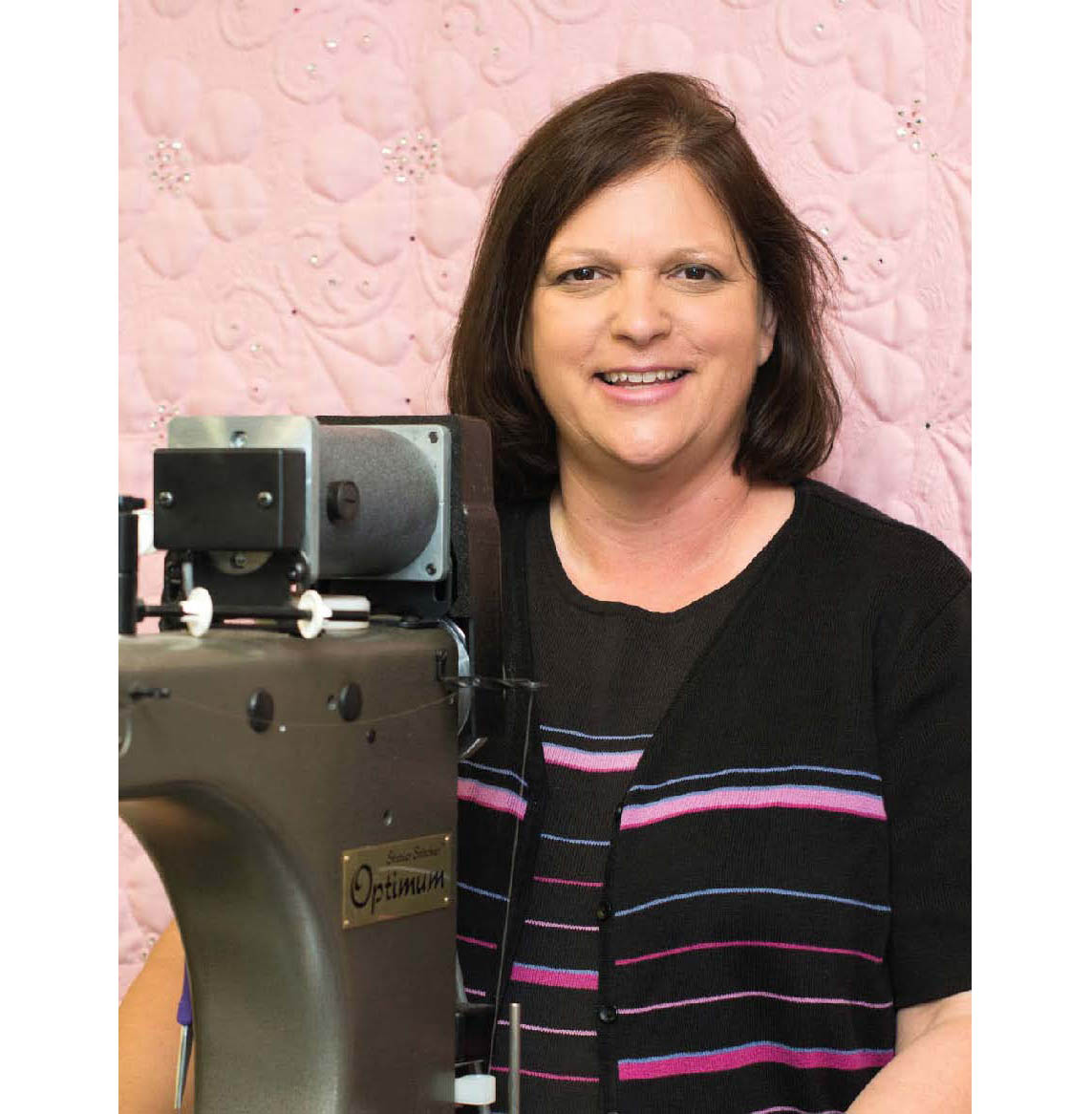
Nancy grew up on a farm in northeastern Indiana, and when not busy with livestock chores, she spent most of her time with her Grandma Scott, who was an avid quilter. On a daily basis, it wasnt unusual to walk into her house and find the kitchen table covered with cardboard templates, fabrics and quilt blocks in progress. At one end of the living room, there was typically a quilting frame set up, and neighbor ladies frequently stopped in to join in the hand stitching.
It was from these beginnings that Nancy developed her love of quilts. She started making her own quilted wall hangings as a teenager and won several awards for her hand quilting while in 4-H.
Fast-forward about 20 years. While Nancy was contemplating a career change, a friend invited her over to play on her longarm quilting machine. While it may not have been love at first stitch, Nancy definitely saw the possibilities. Within a few months she had purchased a longarm quilting machine and started a quilting business, Masterpiece Quilting LLC.
Today Nancy keeps busy making custom and show quilts, quilting for customers and designing quilt patterns.
Introduction
This book is intended to stretch your imagination and your creativity. The goal is to stimulate your thinking and get your creative juices flowing. Rather than a cookie-cutter set of instructions with exact measurements, Ive included design techniques and concepts to help you make the most with the T-shirts, clothing, photos and other memory items you have. Each project was designed with flexibility so you can create it your own way.
Memory quilts can include many different items such as clothing, photos and scanned images. They can be used as graduation gifts, as reminders of the babys days, or as a legacy from those who have passed. Regardless of the way they are used, the purpose remains the sameto fondly recall and reflect upon the memories and stories the items help recall.
The projects in this book are divided into several categories, but by no means are these exclusive. Feel free to substitute a photo where a T-shirt had been placed in the layout, or add a prom dress to a T-shirt quilt. The projects are designed so you can add or subtract rows to make them the size you desire. The Gallery (pages ) showcases a variety of completed projects to give you a launching point. Feel free to be inspired by the layout in one project, the color combinations in another and the addition of photos in a third. Add your own creativity, and it will all come together as something special.
Memory quilts are uniqueno two are the same. Just as each person is unique, so are the quilts that commemorate their lives. Dont be afraid to open your mind and your heart when working on a memory quilt. Trust your instincts on what looks or feels right, and allow your creativity to grow.
Preparing the Clothing
Regardless of what type of memory item you are creating, there are some basic steps required to prepare the clothing. Most items will need some kind of stabilizer to keep the fabrics from stretching and to allow them to be cut and stitched together with other types of fabric or memory items.
T-shirts and other washable clothing need to be washed and dried without the use of fabric softener or dryer sheets. The residue from these products is left on the clothes and can interfere with the bond of the fusible stabilizer. If ties or other dry-clean only items are excessively dirty, then they should be cleaned. Dont stress over stains on clothing.
The stains add character. Boys are proud of the grass stains on their football jerseys. If the stain is offensive, many times it can be worked around in the cutting process.
The Design Process
Create an Inventory
To begin the design process, ask yourself this question: What do I have, and how can I use it?
Sometimes the starting point is the most intimidating. You will frequently be working with irreplaceable items, and you dont want to make a mistake. Yes, it can be rather scary, but with a plan, you can create with confidence. Start by inventorying the items you have to work with while thinking about what you want to create. In many cases this is a pretty straightforward equation. For example, you may have 20 T-shirts, and you want to create a full-size quilt for a high-school graduation present. Or you might have 30 photos, and you want to create a wall hanging for a 25th-anniversary gift. You might have baby clothes and a few photos, and desire to capture the memories in a small lap throw.
In other cases, its a little more challenging. You could have a box filled with clothing belonging to deceased grandparents and would like to create nine similar items for each of the grandchildren. Regardless of what you have, the design process always starts the same way.
Begin your inventory by sorting your memory items into like groups: jeans, ties, photos, T-shirts, etc. An inventory form has been provided for use with T-shirts on page . The form allows you to capture information about color, whether you are using just the front, the back or both the front and back of a shirt. You can measure the heights and widths of the images or logos on the shirts, which will help you determine what size you need to cut each shirt. You can use the information about the width to group like-size T-shirts that may be placed in the same vertical row, or about the height to choose those that might work together in the same horizontal row.
Placement notes are reminders about which shirt needs to be in the center or which could be left out if there are too many. This same form could be easily adapted for use with photos or other items. Filling it out helps you start to organize the project in your mind from the beginning. It also provides you with a checklist that guarantees that an important detail is not forgotten.
What Are You Making?
With an inventory of what you have, start brainstorming about what you want to create. Ask yourself some questions.
Next page


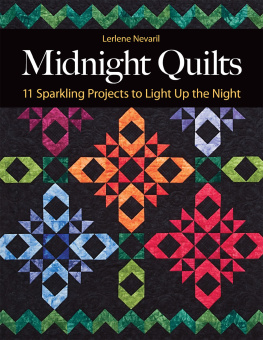
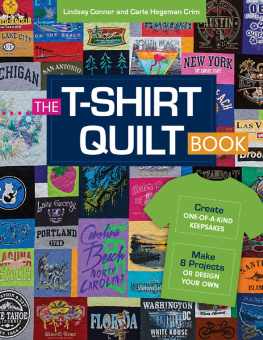
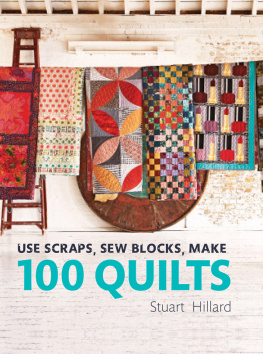
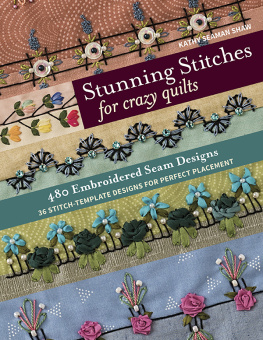
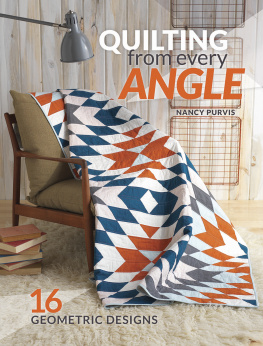
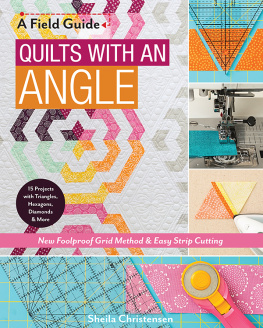
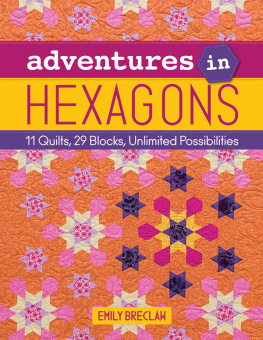
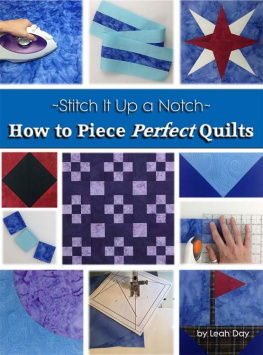
 T-Shirts, Memories & More is published by Annies, 306 East Parr Road, Berne, IN 46711. Printed in USA. Copyright 2014 Annies. All rights reserved. This publication may not be reproduced in part or in whole without written permission from the publisher.
T-Shirts, Memories & More is published by Annies, 306 East Parr Road, Berne, IN 46711. Printed in USA. Copyright 2014 Annies. All rights reserved. This publication may not be reproduced in part or in whole without written permission from the publisher.
